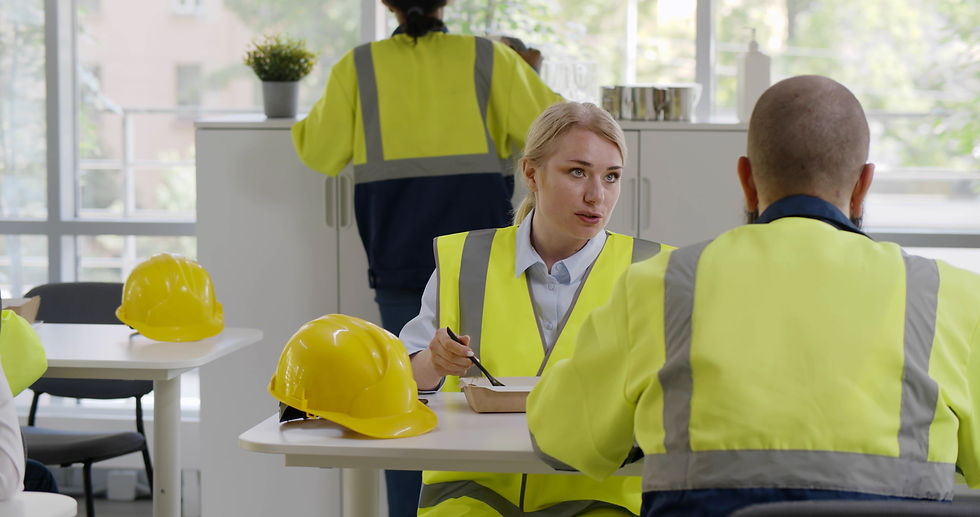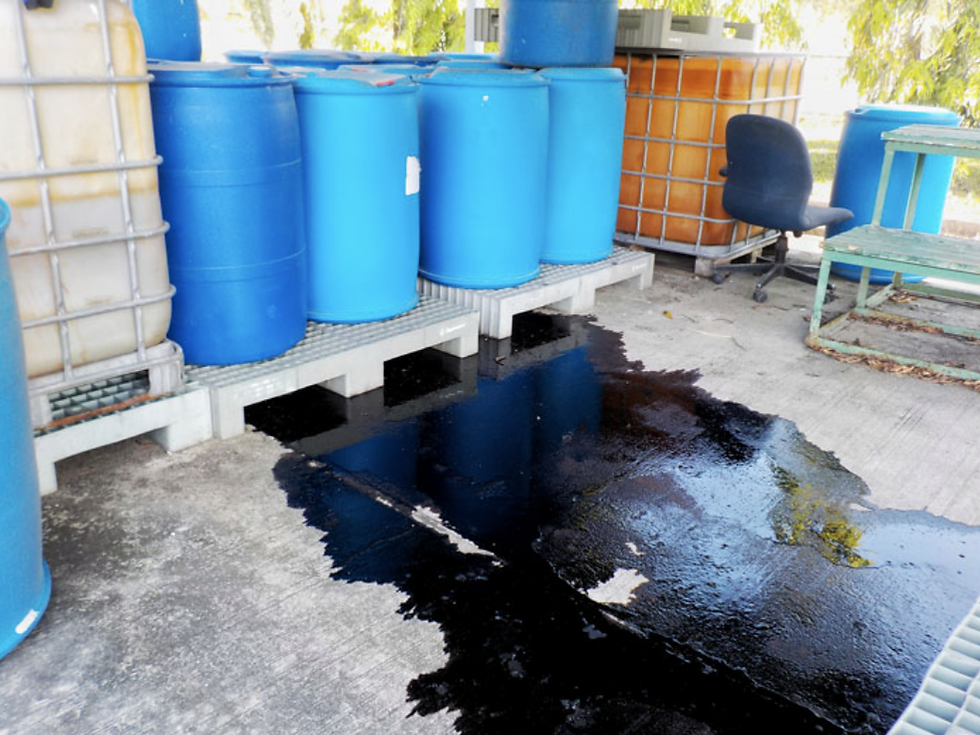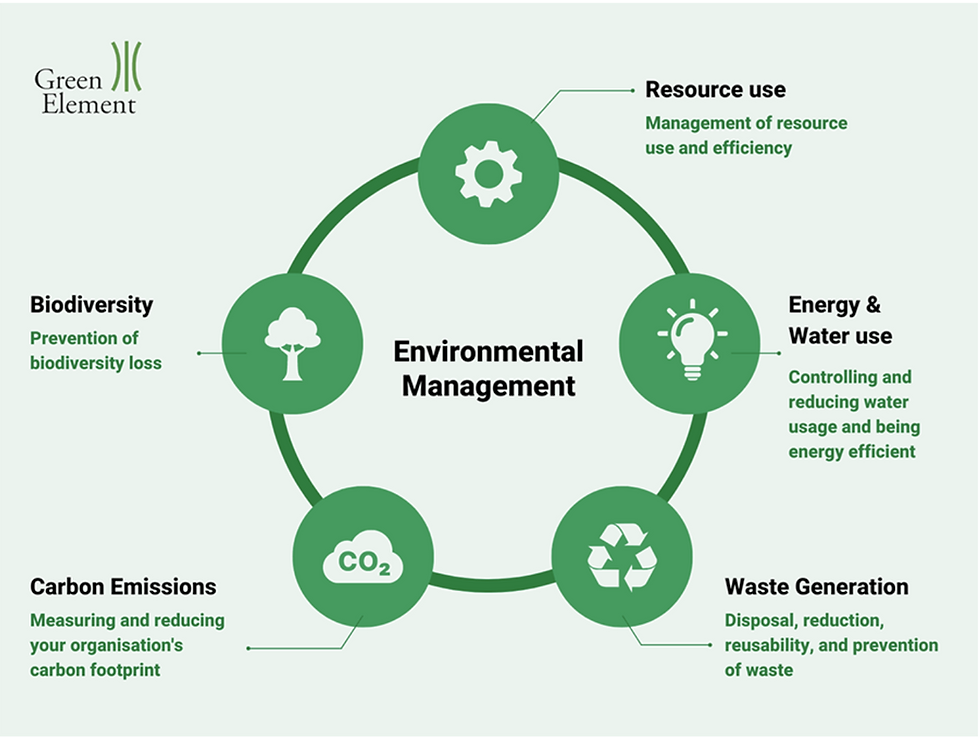Have the right workplace facilities
- Dorset Health and Safety

- Jan 19, 2022
- 2 min read

Overview
Employers must provide welfare facilities and a working environment that's healthy and safe for everyone in the workplace, including those with disabilities.
You must have:
welfare facilities – the right number of toilets and washbasins, drinking water and having somewhere to rest and eat meals
a healthy working environment – a clean workplace with a reasonable working temperature, good ventilation, suitable lighting and the right amount of space and seating
a safe workplace – well-maintained equipment, with no obstructions in floors and traffic routes, and windows that can be easily opened and cleaned
What you must provide for a safe and healthy workplace
Welfare facilities
Workers must have access to:
toilets and hand basins, with soap and towels or a hand-dryer
drinking water
a place to store clothing (and somewhere to change if special clothing is worn for work)
somewhere to rest and eat meals
A healthy working environment
To have a healthy working environment, make sure there is:
good ventilation – a supply of fresh, clean air drawn from outside or a ventilation system
a reasonable working temperature so it's comfortable to work (usually at least 16°C, or 13°C for strenuous work, unless other laws require lower temperatures)
lighting suitable for the work being carried out
enough room space and suitable workstations and seating
a clean workplace with appropriate waste containers
A safe workplace
To keep your workplace safe, you must:
maintain your premises and work equipment
keep floors and traffic routes free of obstructions
have windows that can be opened and cleaned safely
make sure that any transparent (eg glass) doors or walls are protected or made of safety material
There are specific laws relating to some higher-risk workplaces, such as construction sites. For more information, select your workplace from HSE's industries page.
Toilets and washing facilities
Employers have to provide:
enough toilets and washbasins for those expected to use them – find out how many
where possible, separate facilities for men and women – failing that, rooms with lockable doors
clean facilities – preferably with walls and floors tiled (or covered in suitable waterproof material) to make them easier to clean
a supply of toilet paper and, for female employees, somewhere to dispose of sanitary dressings
facilities that are well lit and ventilated
hot and cold running water
enough soap or other washing agents
a basin large enough to wash hands and forearms if necessary
a way of drying hands, such as paper towels or a hot-air dryer
showers where necessary, for particularly dirty work
You must always consider the needs of those with disabilities.
How many toilets and washbasins?
The following tables show the minimum number of toilets and washbasins that you should provide.
Number of toilets and washbasins for mixed use (or women only)

Toilets used by men only

Temporary worksites
You must provide flushing toilets and running water, for example with a portable toilet. If this is not possible, use alternatives such as chemical toilets and water containers.
Using public toilets and washing facilities should be a last resort and not because they are a cheaper option. This would not be acceptable if it is possible to provide facilities on-site.






Comments